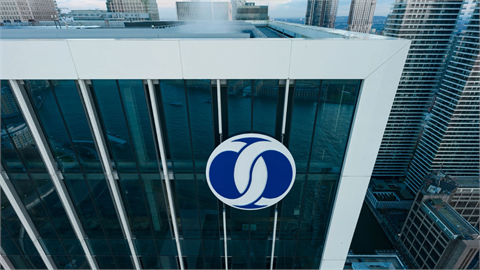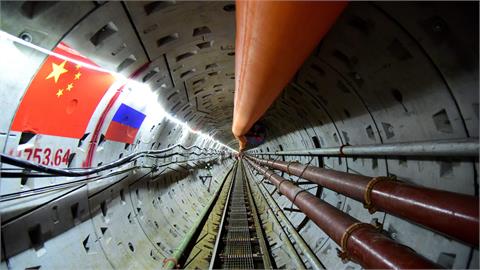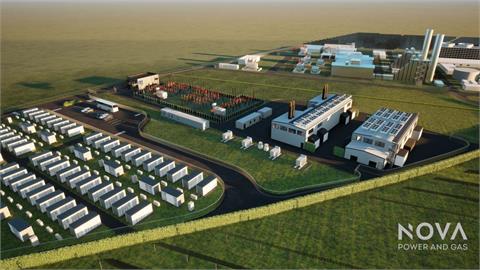The Norwegian oil group said it would invest about $20bn on average per year between 2014 and 2016, which is a reduction of 8 per cent from earlier estimates. The company had previously said spending would average $21bn a year out to 2016. "Strict project prioritisation and a comprehensive efficiency programme will improve cash flow and profitability,” Helge Lund, chief executive, said in a statement.
The company also abandoned its previous production target of 2.5m barrels of oil equivalent a day by 2020, saying instead that output would rise 3 per cent a year out to 2016. Analysts said the move underscored Statoil’s strategy of pursuing "value over volume”. The company increased its dividend for 2013 to NKr7 ($1.13) per share from NKr6.75 per share in 2012, a 4 per cent increase. It also said that dividends would now be paid quarterly and that it would also look to use share buybacks more actively in the future.
The IOC’s have been spending heavily in recent years to replenish depleting reserves and boost production. But in many cases, they have not been generating enough free cash flow to cover the surge in capital expenditure as well as paying dividends. Worried about the sustainability of their payouts, investors have been pressuring them to show more capital discipline. Companies have responded by moderating their spending plans, and in some cases, promising more generous shareholder distributions. Statoil has already taken steps in this direction. It has deferred some expensive projects, such as the $5.5bn Bressay heavy oil development in the UK North Sea. It has also made some big divestments in recent months: in December it announced it was selling 10 per cent of its stake in the Shah Deniz 2 natural gas project in Azerbaijan for $1.45bn.
Energy analysts have welcomed the new strategic direction, which they say more than offsets fourth-quarter results that were weaker than expected. Statoil said adjusted earnings for the fourth quarter were NKr42.3bn, 4 per cent below analyst consensus of NKr44.7Bn, and 12 per cent down year on year. Adjusted earnings after tax of NKr11bn was also below market expectations and 27 per cent down on a year ago.
It also said results were impacted by a higher share of natural gas in its output, lower realised prices for the oil and gas it produced, and high depreciation costs in its US onshore business. The company said it produced 1.77m barrels of oil equivalent a day in the quarter, 4 per cent lower year-on-year. But it said that it delivered the best oil and gas exploration results in the industry last year, achieving an organic reserve replacement ratio of 147 per cent – discovering much more oil than it produced.



